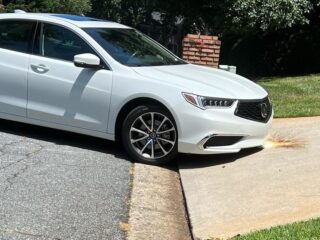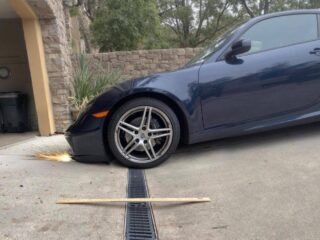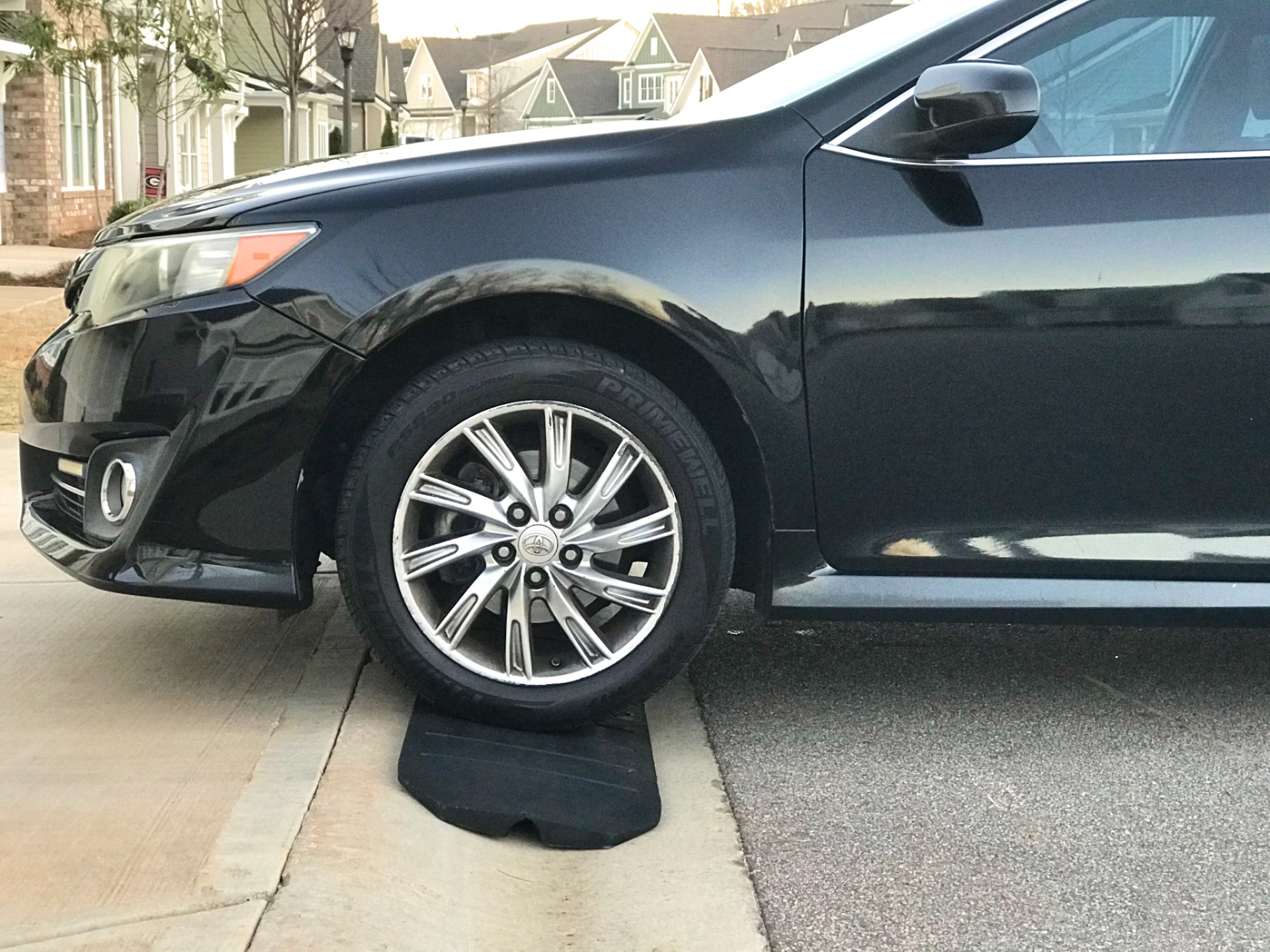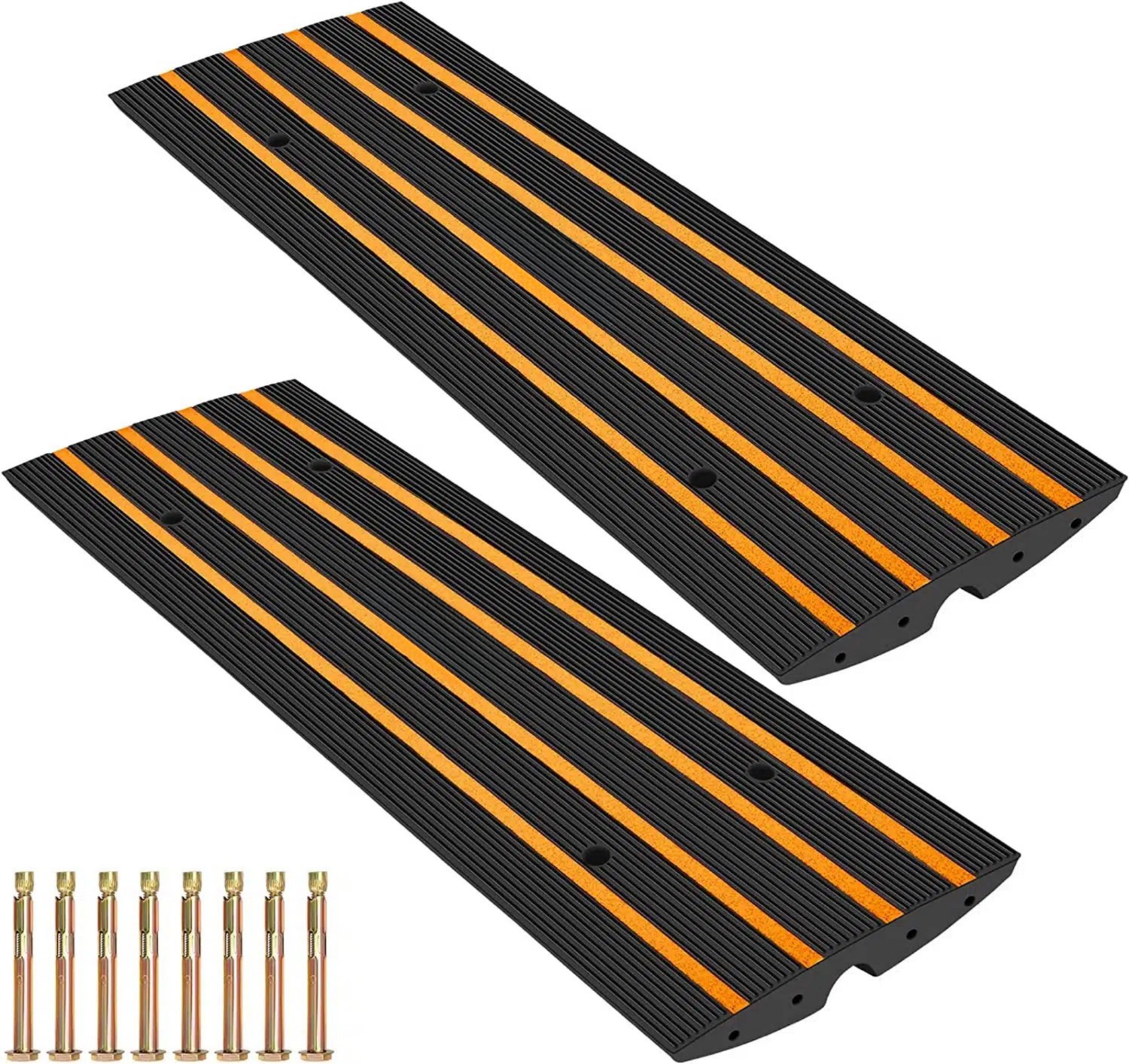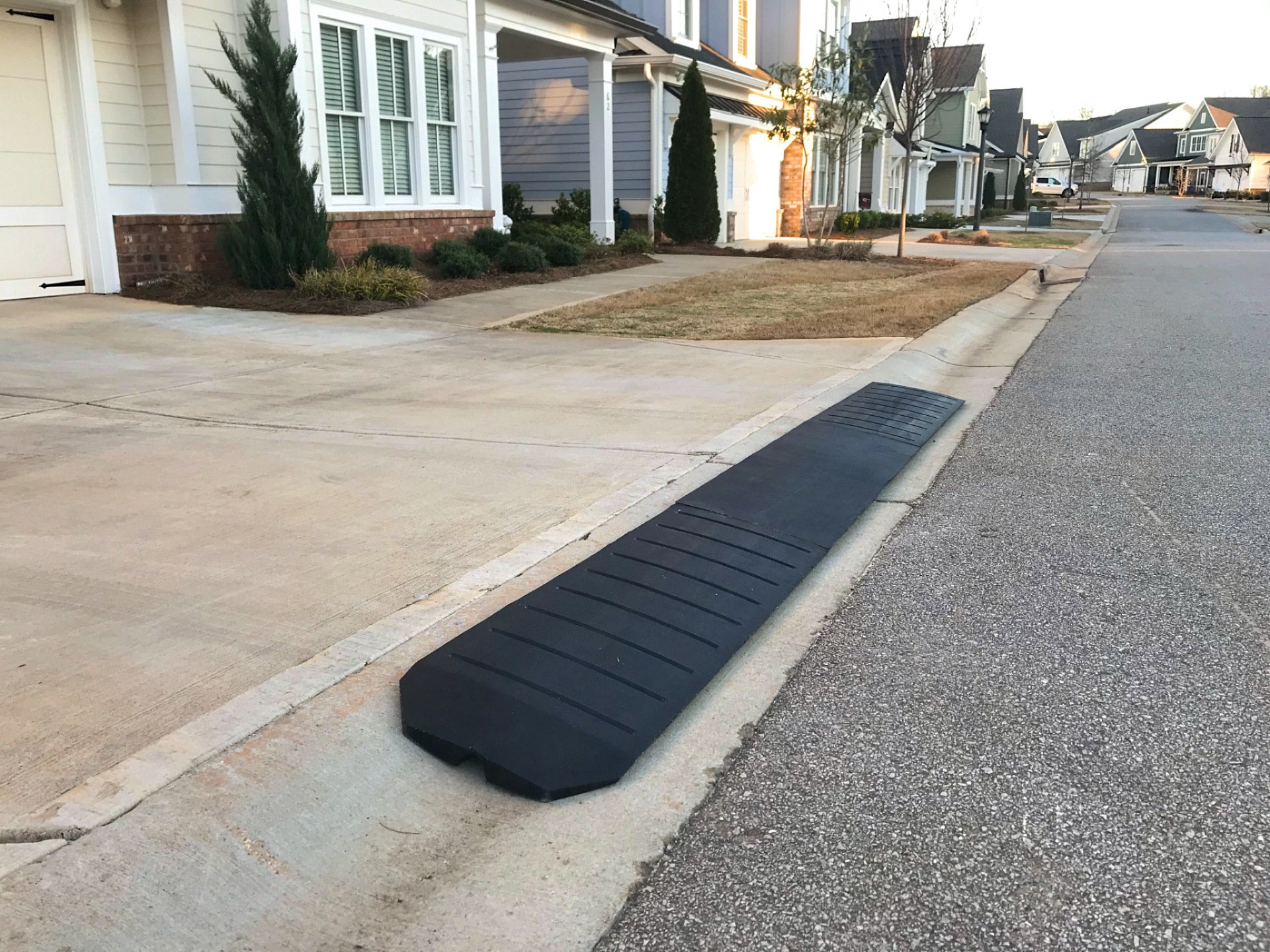A smooth and safe driveway is essential for preserving the condition of your car and ensuring hassle-free entry and exit. In this comprehensive guide, we will address common concerns related to car scraping, driveway ramps, and reducing the steepness of driveway curbs. By implementing the right strategies, you can protect your vehicle and enhance accessibility for a seamless driving experience.
Enhance Driveway Accessibility and Protect Your Vehicle with Effective Solutions
Car scraping can be a frustrating and potentially damaging experience. Fortunately, there are several measures you can take to safeguard your car:
How do I keep my car from scraping the driveway?
a) Install a Rubber Threshold Ramp:
Rubber Threshold Ramps act as a protective barrier between your car’s undercarriage and the driveway surface. By absorbing impact and providing a gradual transition, these ramps prevent scraping and damage. Choose a ramp that matches the rise height of your driveway and ensure a secure installation.
b) Adjust Your Driving Technique:
Approach your driveway at an angle to minimize the risk of scraping. Take it slow and steady to allow your vehicle’s suspension to absorb any bumps or uneven surfaces. By being mindful of your vehicle’s ground clearance and employing careful driving techniques, you can reduce the likelihood of scraping.
c) Consider a Lowered Suspension or Raise Your Driveway:
If scraping is a persistent issue, you may want to explore options such as adjusting your vehicle’s suspension or raising the height of your driveway. Consult with a professional mechanic or contractor to determine the best course of action based on your specific needs.
How do I make my driveway curb less steep?
Reducing the steepness of your driveway curb can greatly improve accessibility. Here are a few methods to achieve a smoother transition:
a) Install a Driveway Curb Ramp:
Driveway curb ramps designed specifically to address steep curbs. Made of durable materials, they provide a gradual slope that allows vehicles to traverse the curb without scraping. Choose a ramp that suits your specific curb height and material for optimal results. Also consider whether you want one with mounting holes and bolts to provide a secure attachment to the curb.
b) Reshape the Curb:
Consult with a professional contractor to explore the possibility of reshaping your driveway curb. By gradually sloping the curb, you can create a more gentle transition from the road to the driveway. This method requires expertise and proper construction techniques to ensure stability and durability.
c) Use Gravel or Fill Material:
Adding gravel or fill material like our EasyRamp™ – Driveway Curb Ramp Installation Kit at the base of the curb can help reduce its overall height. This approach requires careful consideration of drainage and structural integrity.
What can I use as a driveway ramp?
Finding the right driveway ramp can significantly enhance accessibility and prevent vehicle damage. Consider the following options:
a) Rubber Threshold Ramps:
Rubber Threshold Ramps are an excellent choice for driveway applications. They provide a smooth transition, have a high load capacity, and offer durable traction surfaces. These ramps are designed specifically to address the needs of wheelchair, scooter, and mobility device users, making them a versatile solution.
b) Modular or Portable Ramps:
Modular ramps are another popular choice as they allow for customization and easy installation. These ramps consist of interlocking sections that can be adjusted to fit various driveway widths and heights. Portable ramps offer convenience and versatility, making them suitable for temporary or occasional use.
c) Concrete or Asphalt Ramps:
For a more permanent solution, you can consider constructing a concrete or asphalt ramp. This option requires professional assistance and may involve modifying your driveway. It provides a seamless integration and can be customized to match your specific driveway requirements.








